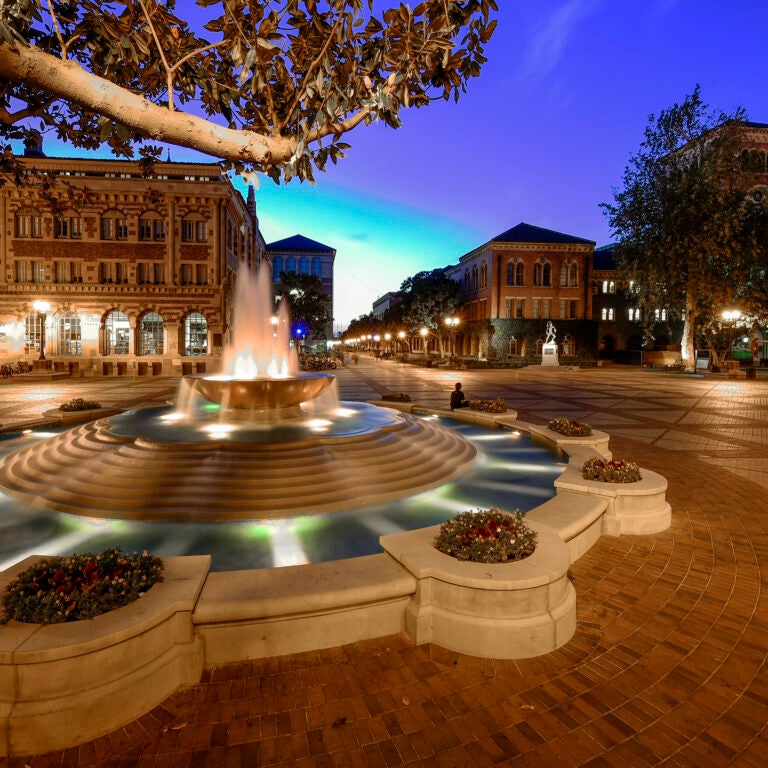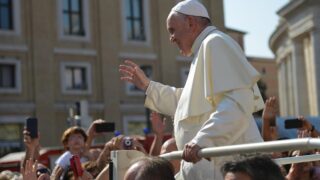Vahe Peroomian is an associate professor of physics and astronomy at the USC Dornsife College of Letters, Arts and Sciences. He has 25 years of research experience in space science working with NASA and the National Science Foundation.
“My generation grew up with the moonshot goal and we trained teachers, scientists, engineers — everyone — to accomplish that and a lot more. Today, we need a similar aspiration to inspire a new generation. We need something similar to unite and uplift us; something we’re all vested in to pull everyone together,” Peroomian said.
He added:
- Deep-space exploration outsourced to for-profit companies doesn’t inspire people.
- Boots on the ground on Mars or beyond will likely be the only way to solve the riddle of life beyond Earth.
- America needs a clear, long-term commitment to get to Mars that people can support.
Contact: peroomia@usc.edu or (818) 602-0276
Anita Sengupta is an adjunct research associate professor of astronautics at the USC Viterbi School of Engineering. She worked for NASA for 16 years on projects such as ion propulsion systems for the Dawn Mission, the reentry system that landed Curiosity rover on Mars and an atomic physics facility aboard the International Space Station. She also led the development of the hyperloop as an executive at Virgin Hyperloop. She is co-founder and chief product officer of Airspace Experience Technologies, a company developing aircraft for urban mobility.
​”What the Apollo 11 mission taught us is that when you accomplish something that complicated — landing a person on the moon — it shows people all over the world that every challenge in life is surmountable. If we can engineer such a complex system, then we can do anything just by applying the same innovation mindset,” Sengupta said.
She added:
- As NASA improves technologies for interplanetary space exploration, a human mission to Mars becomes more likely.
- As U.S. budget for space travel decreases, the private sector enters the race to put people in space.
- Other countries have leveled the playing field as Japan, India, China and Europe develop vehicles for human access to space.
Contact: anita.aerospace@gmail.com or (818) 796-9134
David Barnhart is a research professor in astronautics at the USC Viterbi School of Engineering. He leads USC’s Information Science Institute’s Space Systems and Technology group and USC’s Space Engineering Research Center. He specializes in the redesign of satellite construction, robotics and satellites and space engineering capabilities.
“Space travel taps that natural human instinct of wonder, that desire to seek things bigger than ourselves. By going to the moon, we showed that Earth isn’t the only place that can house us. We recognized that if we could reach out and touch the moon, then we could go anywhere,” Barnhart said.
He added:
- Astronauts see Earth as precious due to the perspective gained in space.
- Soon, wealthy people will be able to visit space.
- Come the 75th anniversary of Apollo 11, a self-sustaining lunar base will serve as gateway to travel in the solar system.
Contact: barnhart@isi.edu or 310-448-8644






